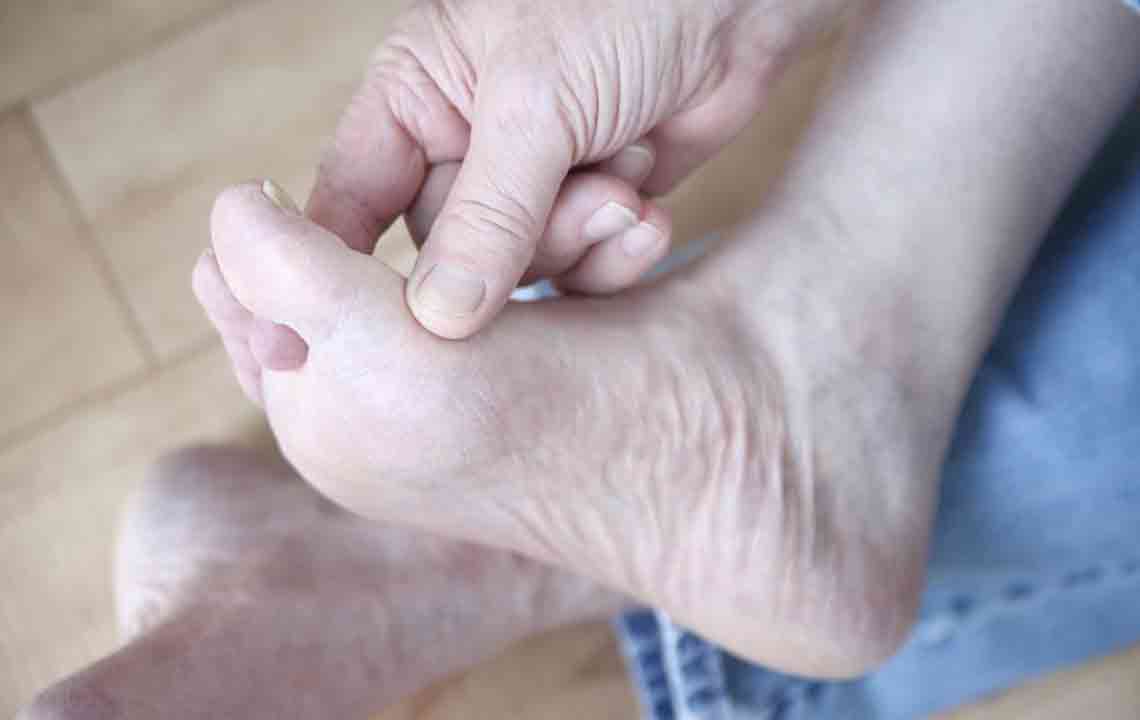Understanding the Causes and Triggers of Gout-Related Foot Pain: A Comprehensive Guide
Gout is a painful form of arthritis caused by uric acid crystal buildup. This comprehensive guide explores the main causes, common triggers such as diet, dehydration, alcohol, and stress, and offers strategies for prevention. Managing gout involves lifestyle modifications, proper hydration, medication, and avoiding specific foods and behaviors. Understanding these factors can help individuals reduce flare-ups, alleviate foot pain, and maintain better joint health for a more comfortable, active life.

Understanding the Causes and Triggers of Gout-Related Foot Pain: A Comprehensive Guide
Gout is a complex form of arthritis characterized by sudden, severe episodes of joint pain, swelling, redness, and warmth, predominantly affecting the big toe but also other joints. It is a condition that has been recognized for centuries and remains a significant health concern today due to its impact on mobility and quality of life. Understanding the underlying causes and the various triggers that can initiate or exacerbate gout attacks is crucial for effective management and prevention. This comprehensive guide explores the fundamental reasons behind gout, common triggers that activate flare-ups, and practical strategies to reduce foot pain associated with this condition.
Gout develops primarily due to the accumulation of uric acid crystals within the joint tissues. Uric acid is a waste product generated during the breakdown of purines, substances found naturally in many foods and produced by the body. Under normal circumstances, uric acid is dissolved in the blood and eliminated through the kidneys via urine. However, when the body produces excessive uric acid or the kidneys fail to excrete it efficiently, uric acid levels in the blood — a condition known as hyperuricemia — rise significantly. Over time, these elevated levels lead to the formation of sharp, needle-like uric acid crystals within joint spaces, triggering the painful inflammatory response characteristic of gout.
One of the most prevalent features of gout is its sudden onset, often waking individuals up at night with excruciating pain. The joint in the big toe is the most commonly affected site, but gout can also affect ankles, knees, elbows, wrists, and fingers. The pain is often described as intense and throbbing, with redness, swelling, and warmth around the joint. If left unmanaged, recurrent episodes can lead to persistent joint damage, deformity, and tophi—aggregates of uric acid crystals that can form beneath the skin.
Major Factors Contributing to Uric Acid Accumulation
Several factors influence the development of gout, mainly focusing on uric acid production and elimination. Understanding these can help individuals modify their lifestyles to prevent flare-ups:
Dietary Choices: Consuming foods high in purines significantly raises uric acid levels. These include red meats like beef and lamb, organ meats such as liver and kidneys, certain types of seafood like sardines, shellfish, and salmon, and some vegetables like spinach, asparagus, and mushrooms. While vegetables are generally less problematic, high consumption of purine-rich vegetables can still contribute in some cases, especially when combined with other risk factors.
Dehydration: Not drinking enough water impairs kidney function, reducing uric acid clearance from the bloodstream. Proper hydration is a simple yet effective method to promote uric acid elimination and prevent crystal formation.
Consumption of Sugary Foods and Beverages: Beverages sweetened with high fructose corn syrup and sugar-laden soft drinks are known to stimulate uric acid production. Fructose increases the synthesis of uric acid, amplifying the risk of gout attacks.
Alcohol Intake: Particularly beer, which is rich in purines, contributes to higher uric acid levels. Alcohol metabolism leads to increased production of lactic acid, which interferes with the kidneys' ability to eliminate uric acid efficiently. Beer also contains purines directly, worsening the risk.
Notably, certain lifestyle choices and medications can influence uric acid levels. Crash dieting or rapid weight loss prompts body protein breakdown, elevating uric acid levels temporarily. Similarly, some medications used for blood pressure control, such as thiazide diuretics, can increase the risk of uric acid buildup. Stress is another contributing factor; it not only affects overall health but also depletes vitamin B5, essential for uric acid metabolism, thereby potentially triggering gout attacks.
Additional Triggers and Risk Factors
Various other factors may contribute to gout flare-ups, including:
Obesity: Excess body weight increases uric acid production and reduces its excretion, elevating gout risk.
Genetics: Family history plays a significant role, making some individuals more prone to hyperuricemia and gout.
Medications: Certain drugs, such as aspirin at low doses, immunosuppressants, and chemotherapy agents, can influence uric acid metabolism.
Medical Conditions: Conditions like hypertension, diabetes, renal impairment, and metabolic syndrome are associated with higher gout risk.
Strategies to Manage and Prevent Gout Attacks
Prevention and management of gout focus on lifestyle modifications, medication adherence, and avoiding known triggers:
Dietary Control: Limiting intake of purine-rich foods, reducing alcohol consumption, especially beer, and avoiding sugary beverages are essential steps. Emphasize a diet rich in fruits, vegetables (in moderation), whole grains, and low-fat dairy products.
Hydration: Drinking plenty of water throughout the day helps dilute uric acid and promotes its excretion via urine.
Weight Management: Achieving and maintaining a healthy weight decreases uric acid levels and reduces joint stress.
Medication: Doctors may prescribe drugs such as allopurinol or febuxostat to lower uric acid levels permanently, along with anti-inflammatory medication to manage acute attacks.
Stress Reduction: Managing stress through relaxation techniques, regular exercise, and sufficient sleep can have a positive impact on gout prevention.
In conclusion, understanding the causes and triggers of gout is vital for effective management. By making informed lifestyle choices, staying hydrated, and adhering to prescribed treatments, individuals can significantly reduce the frequency and severity of gout attacks, alleviating foot pain and improving overall joint health.





